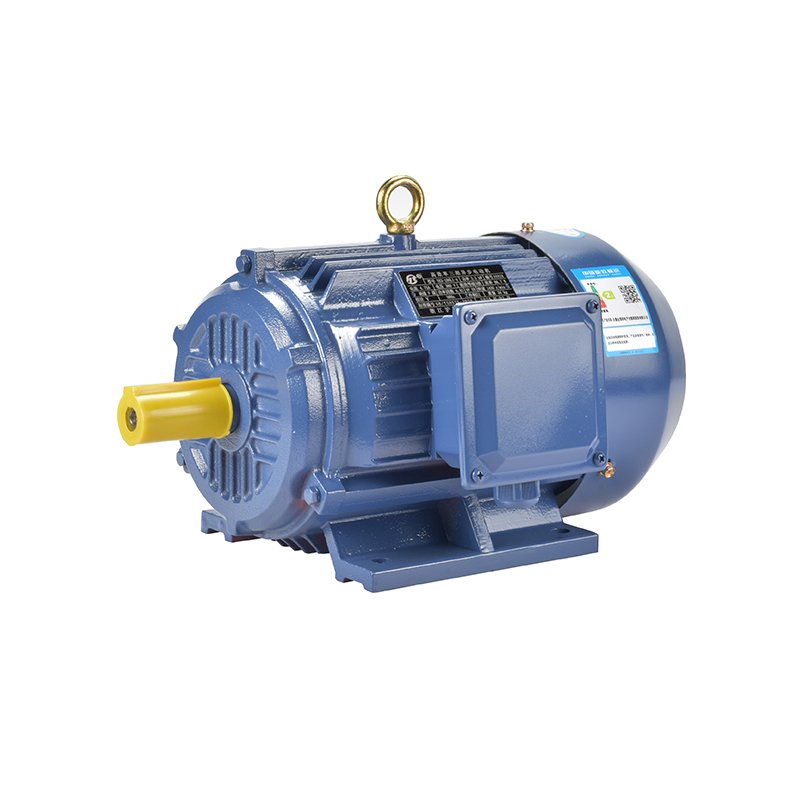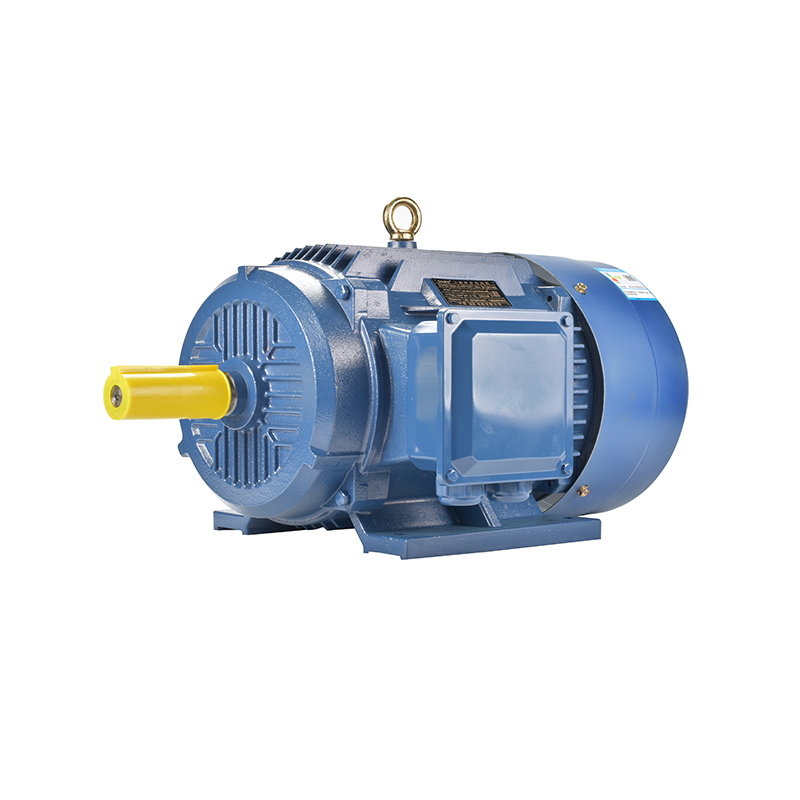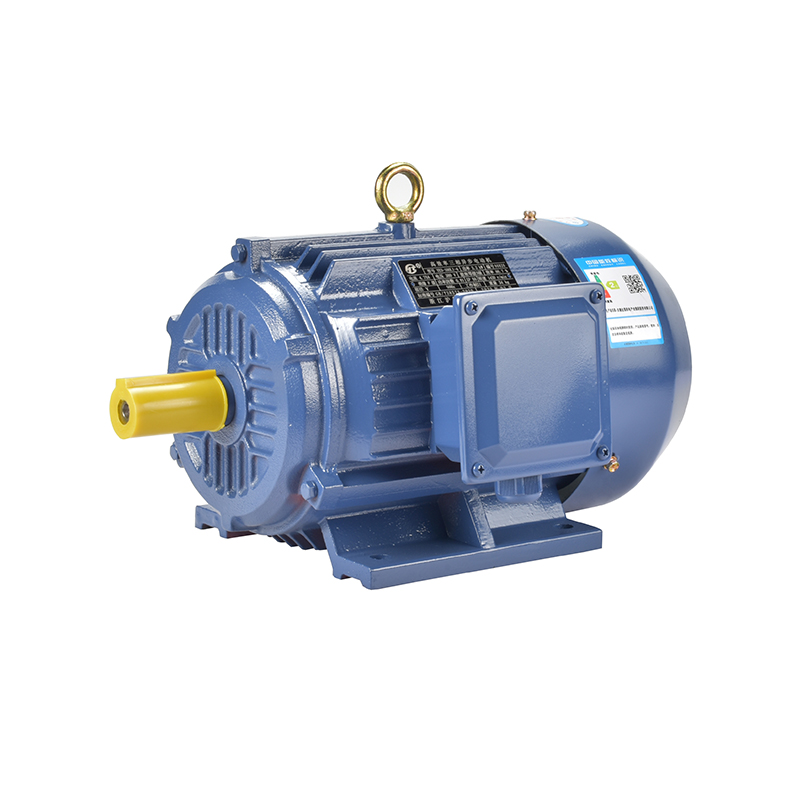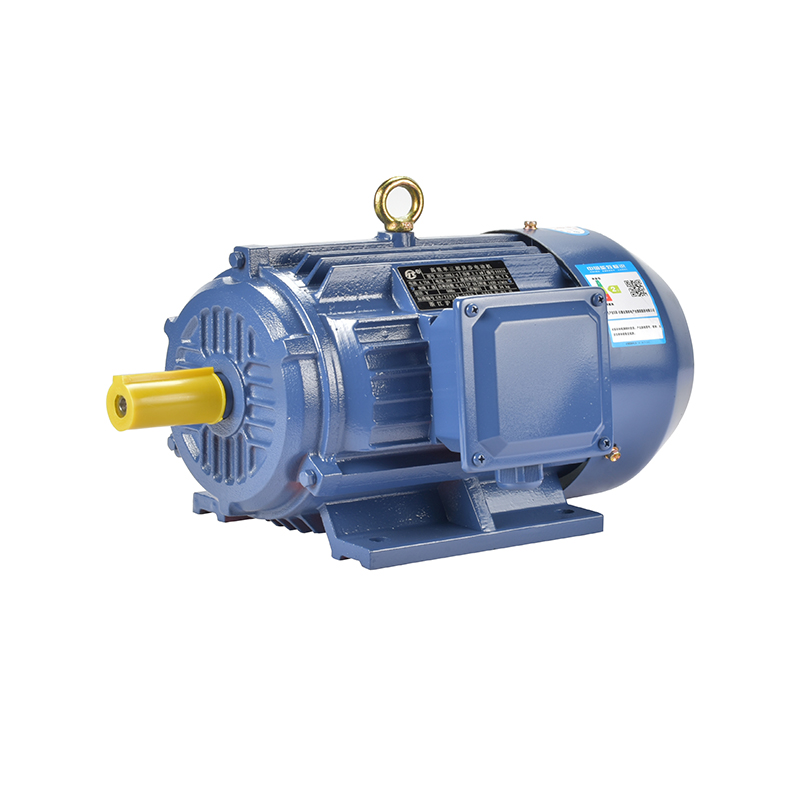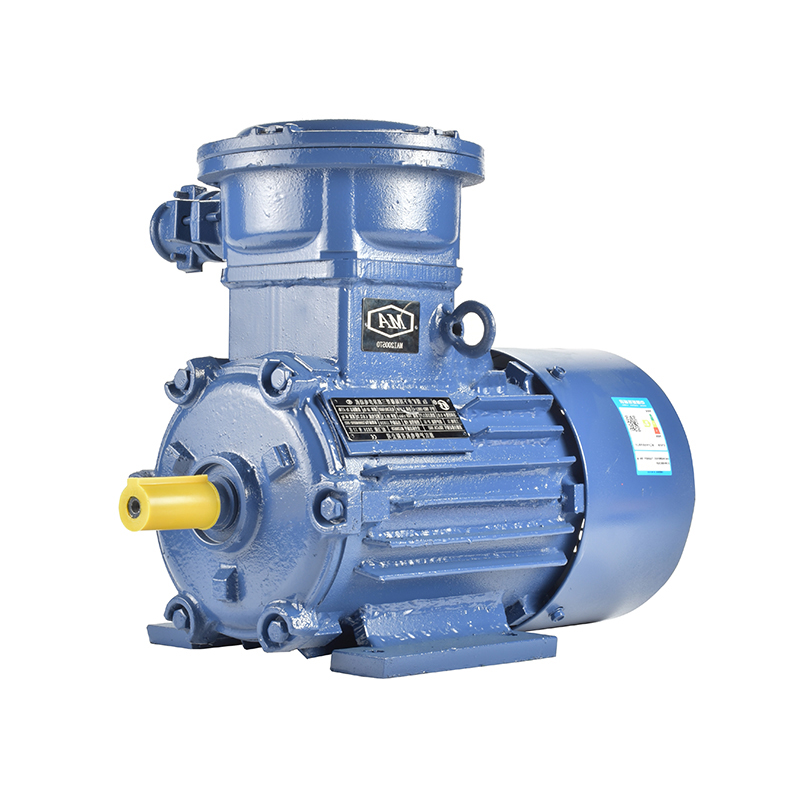How Digital Platforms Are Transforming Global Motor Sales
These platforms are reshaping how manufacturers, distributors, and customers connect, purchase, and manage electric motors of various types, including 3 phase DC motors, single phase synchronous motors, and high power electric motors. The shift towards digital solutions is driving efficiency, transparency, and accessibility in an industry traditionally reliant on direct, offline interactions.

Digital platforms have introduced new ways to showcase motor products to a global audience without geographical limitations. For companies producing 3 phase DC motors, for instance, these online marketplaces and dedicated B2B platforms allow detailed product specifications, performance data, and application cases to be displayed effectively. Buyers can now compare models and request quotations quickly, saving time that was once spent on phone calls and trade shows. This accessibility benefits both small-scale buyers and large industrial clients by streamlining the procurement process.
The availability of technical data on digital platforms has been a crucial factor in educating potential customers. For example, single phase synchronous motors, which are often used in precise timing and control applications, require clear explanation regarding their efficiency, load capacities, and installation requirements. With well-structured product pages and downloadable datasheets, customers can make better-informed decisions remotely. Additionally, some platforms offer interactive tools that help engineers select the right motor based on application needs, further bridging the knowledge gap.
Another important aspect where digital platforms contribute is in inventory and logistics management. Manufacturers of high power electric motors face challenges due to the size, weight, and customization options of their products. Digital inventory systems linked to sales platforms allow real-time updates on stock availability and advance times, reducing the chances of over-promising and delays. Customers can track orders and communicate with suppliers through integrated messaging systems, fostering a smoother buying experience.
The digital shift also supports the growing trend of customization in motor products. Many buyers require motors tailored to specific performance parameters or environmental conditions. Through digital platforms, customers can submit technical requirements and receive personalized quotes faster than before. This is particularly valuable for complex motors like high power electric motors, where detailed discussions about voltage, torque, and cooling systems are necessary. Online platforms make it easier to document and archive these communications for reference throughout the project lifecycle.
While digital platforms have improved many aspects of motor sales, they also present challenges that companies need to navigate. One challenge is ensuring product authenticity and quality assurance online. Buyers remain cautious when purchasing significant equipment such as 3 phase DC motors without physical inspection. To address this, many platforms encourage user reviews, certification displays, and direct contact with technical support teams to build trust.
Moreover, digital marketing through these platforms has become essential. Companies invest in SEO optimization, content marketing, and targeted advertisements to increase visibility of products like single phase synchronous motors. By producing educational articles, videos, and technical guides, suppliers can engage potential clients and help them understand motor advantages and applications. This educational approach supports a smoother sales cycle by reducing uncertainty.
The globalization enabled by digital platforms has opened up new market opportunities, especially for medium-sized motor manufacturers. Previously, international expansion required significant investment in local offices or agents. Now, companies can reach customers worldwide through a few clicks, participate in virtual trade fairs, and even leverage AI-powered matchmaking to connect with distributors and OEMs. This digital exposure enhances competitiveness and helps firms adjust to diverse regional demands for products such as high power electric motors.
On the buyer’s side, digital platforms provide convenience and cost-saving benefits. Industrial purchasers can source multiple quotes quickly and evaluate suppliers based on delivery times, pricing, and technical support. The ability to conduct video calls or virtual factory tours reduces the need for physical visits, which saves both time and travel expenses. Such efficiency supports faster project timelines, especially in sectors reliant on timely motor delivery.
In conclusion, digital platforms are playing a transformative role in the global motor sales industry. By enabling easier access to detailed product information, facilitating communication, and streamlining the purchasing process, they are creating new dynamics between suppliers and customers. While challenges around trust and quality remain, ongoing improvements in platform features and communication tools are helping to build confidence. As technology continues to evolve, the influence of digital platforms on the sale of 3 phase DC motors, single phase synchronous motors, and high power electric motors is expected to deepen, making the industry more connected and responsive to customer needs.
-
Feedback



 English
English русский
русский Español
Español عربى
عربى

